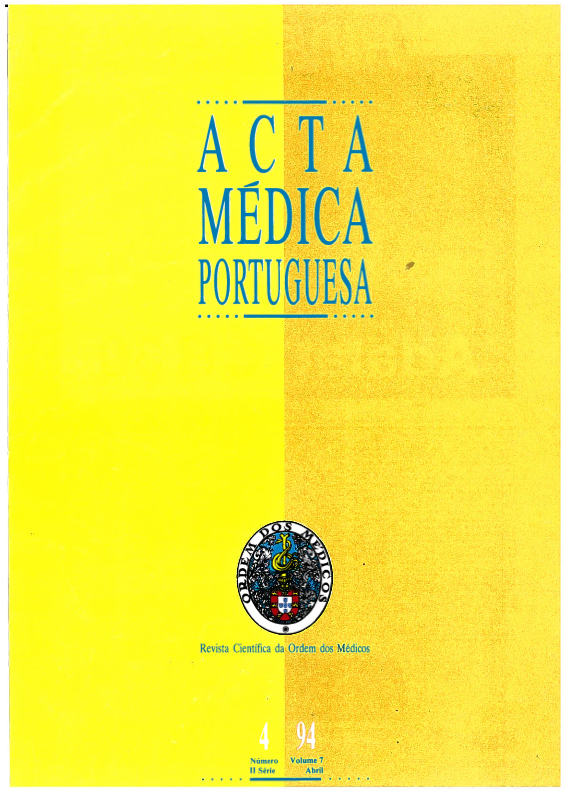Clinical course, particularities, and possibility of etiologic characterization of sarcoid-type granulomas of the skin.
DOI:
https://doi.org/10.20344/amp.2885Abstract
Granulomatous inflammation is a well recognized environmentally produced skin disease. Four cases of sarcoid-type skin granuloma associated with foreign materials introduced into the skin are reported. In two of the cases, caused by windscreen glass debris and gunpowder, there were multiple lesions which revealed a tumor-like appearance several years after the accident. In a third case, associated with occupational exposure to cork dust, the granulomatous lesions was unique and formerly misdiagnosed as malignant. The skin lesions caused by gunpowder and cork dust coexisted with lung lesions caused by the inhalation of the same materials, which were identified in the histological sections with appropriate methods. The fourth case, caused by sea-urchin spines, revealed a progressive reduction in the latency period between the spine injury and granuloma formation. The relationship between the skin and lung lesions are discussed as well as the role of the foreign materials within the lesions.Downloads
Downloads
How to Cite
Issue
Section
License
All the articles published in the AMP are open access and comply with the requirements of funding agencies or academic institutions. The AMP is governed by the terms of the Creative Commons ‘Attribution – Non-Commercial Use - (CC-BY-NC)’ license, regarding the use by third parties.
It is the author’s responsibility to obtain approval for the reproduction of figures, tables, etc. from other publications.
Upon acceptance of an article for publication, the authors will be asked to complete the ICMJE “Copyright Liability and Copyright Sharing Statement “(http://www.actamedicaportuguesa.com/info/AMP-NormasPublicacao.pdf) and the “Declaration of Potential Conflicts of Interest” (http:// www.icmje.org/conflicts-of-interest). An e-mail will be sent to the corresponding author to acknowledge receipt of the manuscript.
After publication, the authors are authorised to make their articles available in repositories of their institutions of origin, as long as they always mention where they were published and according to the Creative Commons license.









